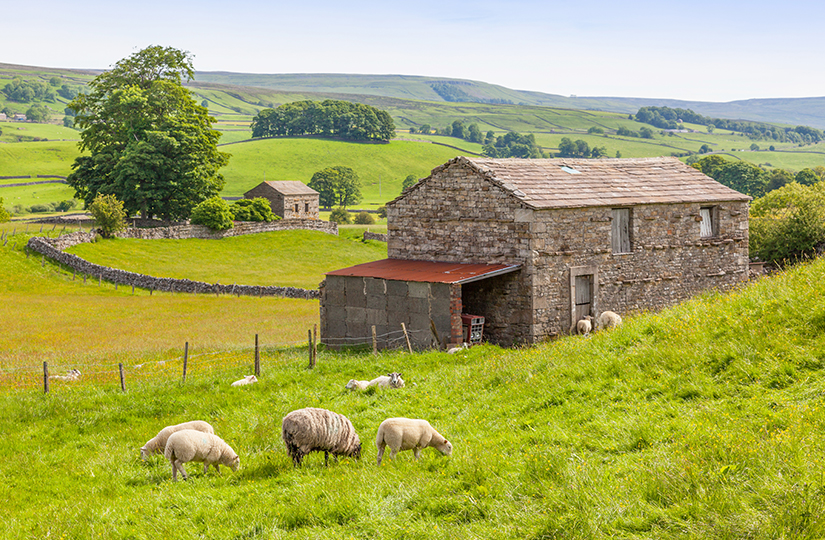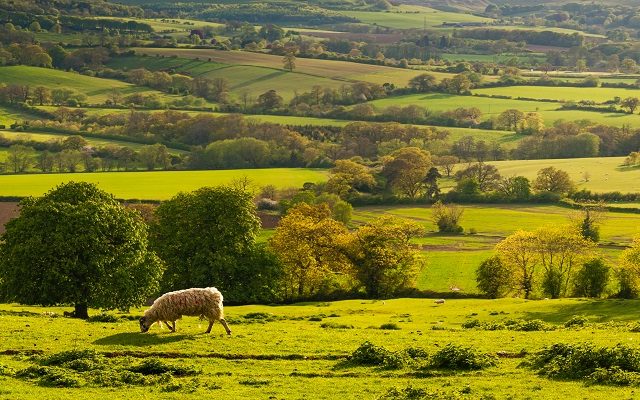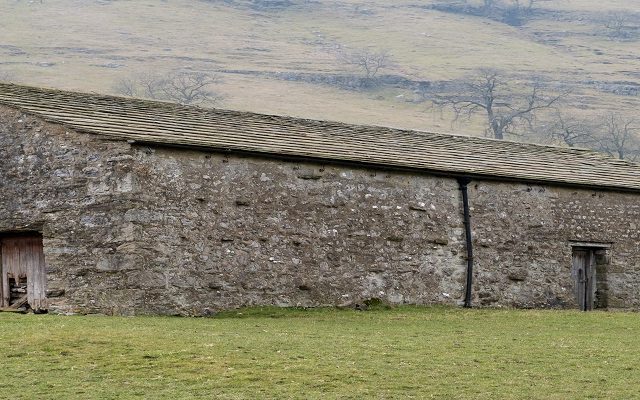The UK’s Shared Prosperity Fund – A rural perspective
EU rural development money has been an important source of grant funding for many farms and estates over the years, funding a wide variety of diversification projects and supporting investment in equipment to boost farm productivity.
Traditionally, this money has flowed via the European Agricultural Fund for Rural Development Programme (EAFRD), known as ‘Pillar 2’ of the Common Agricultural Policy (CAP), with direct payments through the Basic Payment Scheme being Pillar 1.
The EAFRD was funded by the European Structural and Investment Fund programme (ESIF), but the UK’s decision to leave the EU means this line of funding is now coming to a close.
The UK Shared Prosperity Fund (UKSPF), which was officially launched on 22 April, is the Government’s domestic replacement for the ESIF programme. The scheme will provide £2.6bn worth of funding by March 2025.
It is not a like-for-like replacement as many of the farm-based schemes that were available through the Rural Development Programme have become part of the new system of farm payments being introduced by Defra through the Agriculture Act.
This means the UKSPF will not play as prominent role in the support of farms and estates as its predecessor. However, it has been confirmed that the UKSPF will aim to provide additional funds to Defra specifically for rural communities, so may remain a source of funding for some rural businesses.
What are the aims of the fund?
The UKSPF aims to support the UK government’s wider commitment to ‘level up’ by increasing life chances and restoring a sense of community and local pride in places where they have been lost.
As such, help is expected to focus on ex-industrial areas, deprived towns and rural and coastal communities. It will also support people who are economically inactive or have skills needs that cannot be met through mainstream provision.
How will the fund be distributed?
Every part of the UK has been allocated a slice of the UKSPF and lead local authorities tasked with drawing up an investment plan which outlines their priorities for investment, what interventions they would like to introduce and what outcomes they expect from them.
To achieve the goals of increasing life chances and restoring a sense of community, three investment priorities have been set for the UKSPF: communities and place; supporting local business; and people and skills.
Local partnership groups will be asked to advise on where and how funding should be used. The government has said these groups will include rural representatives, unless there are no rural communities within the area.
However, the timescales local authorities and local partnership groups are working to are very tight. Each investment plan will need to be approved by government, which has set an investment plan application window of 30 June 2022 to 1 August 2022.
What has the reaction been?
It has taken a long time – longer than expected and planned – for the UK government to publish its prospectus for the fund.
The plans for the UKSPF had been widely criticised – by most parties – but some of the concerns have been addressed. For example, it looks like the fund will about the same size as the EU funds it is replacing (if you add funding directly for agriculture, through the Agricultural Transition Plan, to it and ignore the low levels of funding that build up to 2024/25).
There are still concerns about its governance, with the Welsh and Scottish governments saying that they should control a fund in their nations, not the Westminster government, which retorts that its intent is not to go over the heads of the devolved administrations, but rather to “enable devolved governments”. In addition, there are still concerns about how the funding will be allocated between local authorities although the Local Government Association has now broadly welcomed it, particularly the large role of local government.
In practical terms what funding might be available for rural areas?
It is too early to tell exactly what schemes might be available and where in rural areas. However, examples of projects given in the guidance notes that might be of relevance in rural areas include:
- Grants for the development, promotion and upkeep of local tourist attractions
- Research and development grants for new products, services and markets
- Funding for net zero initiatives for local business
- The development, restoration or refurbishment of local natural, cultural and heritage assets and sites
- Funding for cultural, heritage and creative events.
It would be easy to leave this all to central and local government. But the success of this programme in improving opportunities and reducing inequalities in rural places – also depends on individuals, communities, the third sector and the private sector playing their part.
If you want to influence what your local authority is including in its investment plan, now is the time as it must be submitted by 1 August 2022.






